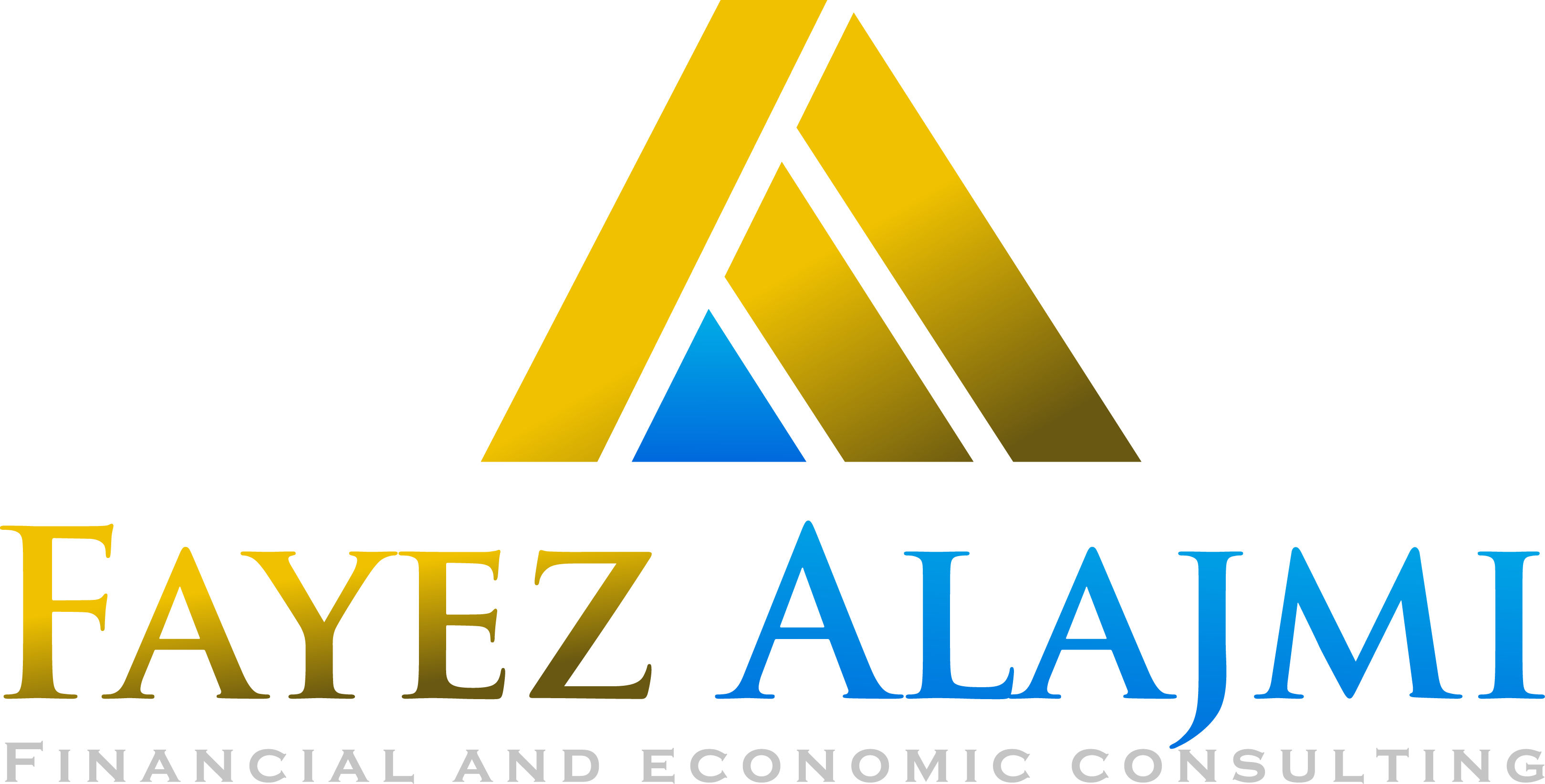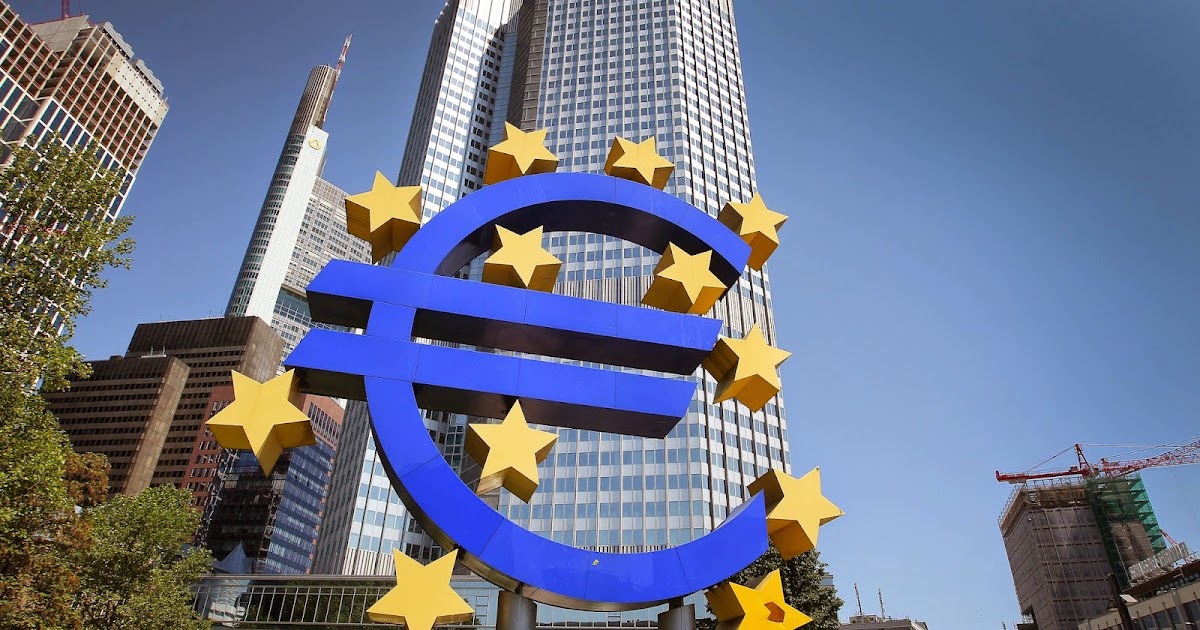
 6 June، 2022
6 June، 2022
 ابحاث السوق
ابحاث السوق
 Views
: 836
Views
: 836

The European Central, the Australian Reserve and the US inflation figures on top of this week’s events (weekly currency report)
General meeting of the European Central
Differences in expectations for the expected rate of increase of the Australian reserve
Has US inflation started to decline?
miscellaneous economic data
The US labor market numbers concluded last week’s events, Friday, after the US Department of Labor announced that 390,000 jobs were added in May, with unemployment rates stable at 3.6%. The general dollar of the US dollar, its weekly trading, gained about 0.50% at the close at 102.14 levels, as the employment data in the closing session supported the markets’ expectations of the US Federal Reserve’s continuation of its tough stance on monetary policy and a strong rise in interest rates after the markets began to doubt that the Fed might be slow in its policy to avoid recession Economical.
The Central Bank of Canada had decided to raise interest rates by 50 basis points at its mid-week meeting, and expectations were that the Central Bank of Canada would raise interest rates by 50 basis points as expected (fayezalajmi-4x.com).
What are we watching this week?
During this week’s sessions, attention is focused on many economic data that will have a direct impact on currency movements, as the Reserve Bank of Australia meetings tomorrow, Tuesday, and the European Central Bank meeting Thursday, in addition to the inflation data that will be released by the end of the week from the American economy, will lead the events of this week.
Reserve Bank of Australia
Tomorrow, Tuesday, in the Asian session, the Reserve Bank of Australia will hold its periodic meeting to discuss monetary policy and determine interest levels. Analysts’ expectations indicate that the Bank will raise interest rates by 40 basis points to reach 0.75%, compared to the current 35%.
Although there is a consensus that the bank will raise interest rates as it did in the May meeting, the difference lies in the expected rate of increase, as some expectations indicate that the bank may raise interest rates by 25 basis points, and some of them expect to raise them by about 50 basis points, which is the highest jump while If it occurred in more than 20 years, and with the annual inflation reading of 5.1% at its highest level since 2009, the difficulty of expectations lies as the expectations ratios converge in opinion polls among senior analysts and economists.
Even if inflation figures are high in Australia, 5.1% on an annual basis, and 2.1% growth in the first quarter, according to the latest figures issued by the Australian Bureau of Statistics, it is considered somewhat not dangerous if compared, for example, to New Zealand 6.9% or the largest economy in the world, the American economy 8.3 Accordingly, I rule out that Australia will resort to raising the interest rate by 50 basis points, and it is expected that 40 basis points will be the rationale at this stage.
European Central Bank
Next Thursday, the middle of the European session, the European Central Bank will hold its periodic meeting to discuss monetary policy developments, as the bank is expected to keep monetary policy and zero interest rates unchanged, as has been the case for years.
The last reading of inflation in the euro area issued last week, according to Eurostat estimates, came to an increase of 8.1% in May in the initial reading, recording its highest level in history, compared to 7.4% in the April reading, exceeding expectations that indicated a growth of about 7.7%, while the monthly reading of the index recorded A growth of 0.8% from 0.6%.
These rises will put pressure on the European Central Bank in its meeting Thursday, and it is unlikely that it will ignore these rises, especially since the Russian gas and oil crisis and its rise in prices directly affect inflation in the euro area, and therefore it is not expected that inflation will decline soon before the problem is resolved, as are expectations in other economies.
. It is not expected, according to market estimates, that the bank will take a sudden step and raise interest rates in Thursday’s meeting, but it is not excluded that the bank will give a clear signal to move next July, so that the markets will start pricing the European Central Bank’s raising interest rates by 25 basis points or 50 basis points and ending Quantitative easing programme.
We can say that Thursday’s meeting of the European Central Bank will be the meeting of the year, since it will determine the direction of the single currency in the coming period and will be a real test for the Central Bank, its credibility and the way it deals with high inflation.
US inflation
figures Friday by the end of the week, the US economy will announce the figures of the CPI, which measures inflation for the month of May, as expectations indicate that the annual consumer price index may decline to 8.2% in May from 8.3%, and that the core index, excluding food and energy prices, will decline to 5.9%, compared to 6. 2% in April.
On the other hand, expectations indicate that the monthly index may rise to 0.7% in May, after it fell to 0.3% in the April reading.
The statements of some members of the US Federal Reserve last week began to suggest that the US Federal Reserve should slow down in the pace of monetary policy tightening due to the expected economic stagnation fears, and therefore any declining inflation figures will support these voices and that the tightening of monetary policy has begun to come with the expected result, which is a decline in inflation.
Canadian job market
The Canadian economy, in turn, will announce the labor market numbers for the month of May by the end of the week, as it is estimated that the economy added 25 thousand jobs in May, compared to 15 thousand in the April reading, and that the unemployment rates will stabilize at levels of 5.2% without change.